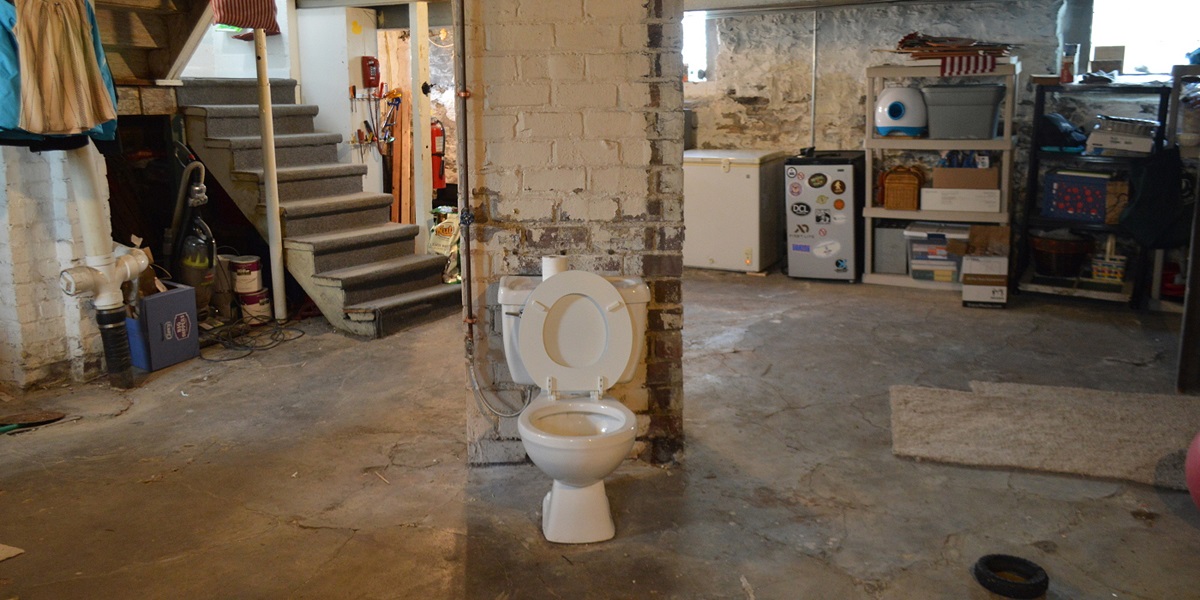

Articles
How Do Basement Toilets Work
Modified: February 26, 2024
Discover how basement toilets work with informative articles and expert insights. Enhance your knowledge of basement plumbing and find practical solutions.
(Many of the links in this article redirect to a specific reviewed product. Your purchase of these products through affiliate links helps to generate commission for Storables.com, at no extra cost. Learn more)
Introduction
A basement toilet can be a valuable addition to any home, providing convenience and functionality to an otherwise underutilized space. Whether you’re planning a basement remodel or simply looking to upgrade your existing plumbing fixtures, understanding how basement toilets work is essential.
In this article, we will explore the components of a basement toilet, the water supply and drainage system, different types of basement toilets, installation process, and maintenance tips. By the end, you’ll have a comprehensive understanding of basement toilet systems, allowing you to make informed decisions for your home.
So, let’s dive in and discover the inner workings of basement toilets!
Key Takeaways:
- Understanding the inner workings of basement toilets, including components, water supply, and drainage systems, empowers homeowners to make informed decisions about installation, maintenance, and troubleshooting for optimal functionality.
- Upflush and macerating toilet systems offer flexible and space-saving solutions for basement installations, providing advantages such as easy installation, efficient waste disposal, and versatility. However, consulting with a professional plumber is essential for personalized recommendations and guidance.
Read more: How Do You Put A Bathroom In A Basement
Components of a Basement Toilet
A basement toilet system consists of several key components that work together to ensure proper functioning. Understanding these components is crucial in order to make informed decisions about installation, maintenance, and troubleshooting.
1. Toilet Bowl: The toilet bowl is the main component of the toilet and is where waste is deposited. It is usually made of ceramic and includes a seat and a flushing mechanism.
2. Tank: The toilet tank is located at the back of the toilet bowl and is responsible for storing and supplying water for flushing. It is typically made of porcelain or plastic and is connected to the water supply line.
3. Flush Valve: The flush valve is a mechanism inside the toilet tank that controls the release of water into the toilet bowl during a flush. It is activated when the user pushes down on the flush handle or button.
4. Fill Valve: The fill valve is responsible for refilling the toilet tank with water after a flush. It is connected to the water supply line and is controlled by a float mechanism, which detects the water level in the tank.
5. Wax Ring: The wax ring is a large, circular ring made of wax or rubber that creates a watertight seal between the toilet bowl and the floor drain. It prevents leaks and odors from escaping.
6. Trapway: The trapway is a curved channel inside the toilet bowl that leads to the drain pipe. It is designed to create a water seal, preventing sewer gases from entering the bathroom.
7. Flange: The flange is a circular fitting that connects the toilet bowl to the floor and secures it in place. It serves as a support for the wax ring and provides stability to the toilet.
8. Water Supply Line: The water supply line delivers water from the main water source to the toilet tank. It is connected to the fill valve and is typically made of copper or plastic.
These are the basic components of a basement toilet system. Understanding how they work together will help you make informed decisions regarding installation, maintenance, and repairs. Now that we’ve covered the components, let’s move on to the water supply and drainage system in the next section.
Water Supply and Drainage System
The water supply and drainage system plays a vital role in the proper functioning of a basement toilet. Let’s take a closer look at how these systems work.
Water Supply: The water supply system delivers clean water to the toilet for flushing and other uses. In most residential buildings, the main water supply line enters the basement and connects to a water meter or pressure regulator. From there, it branches out to various fixtures, including the basement toilet.
Modern basement toilets typically have a standard water supply connection, allowing them to be connected to the existing plumbing system. This can be done either directly or through a flexible hose.
Drainage System: The drainage system is responsible for removing waste and wastewater from the basement toilet and routing it to the main sewage line or septic tank. In a basement setting, the drainage system may be more complex due to the need to transport waste against gravity.
Basement toilets can utilize different drainage systems, depending on the specific setup and requirements:
- Gravity-Based System: In a gravity-based system, the basement toilet is located below the drainpipe level, and waste flows down through a series of pipes to the main sewage line or septic tank. This system relies on the force of gravity to move waste efficiently.
- Upflush Toilet System: An upflush toilet system is an alternative to a gravity-based system. It uses a macerator pump or grinder to break down waste into smaller particles, which are then pumped upward through a drainpipe to the main sewage line. This allows for flexible placement of the basement toilet without the need for extensive excavation or re-routing of existing drainage pipes.
- Macerating Toilet System: Similar to an upflush toilet system, a macerating toilet system also incorporates a macerator pump or grinder to break down waste. However, in this system, the waste is transported horizontally rather than vertically. This can be beneficial when the basement toilet is located farther away from the main sewage line.
It is important to consult with a professional plumber to determine the most suitable drainage system for your basement toilet based on factors such as the layout of your existing plumbing and the desired location of the toilet.
Now that we’ve explored the water supply and drainage systems, let’s move on to the different types of basement toilet systems available.
Upflush Toilet System
The upflush toilet system is a popular choice for basement installations due to its flexibility and ease of installation. Let’s delve into how this system works and its advantages.
How It Works: An upflush toilet system utilizes a macerator pump or grinder to break down waste and toilet paper into fine particles. When the toilet is flushed, the pump activates and the waste is pumped vertically through a small-diameter drainpipe.
The drainpipe is connected to a discharge unit, which houses the macerator pump and a check valve. The check valve prevents backflow, ensuring that waste only flows in the desired direction.
The upflush toilet system typically requires a smaller-diameter drainpipe compared to traditional gravity-based systems, making it easier to install in existing spaces and reducing the need for extensive renovation.
Advantages: There are several advantages to choosing an upflush toilet system for your basement:
- Easy Installation: One of the main advantages of an upflush toilet system is its ease of installation. It eliminates the need for extensive excavation or re-routing of existing drainage pipes, which can be time-consuming and expensive.
- Flexible Placement: With an upflush toilet system, the toilet can be installed virtually anywhere in the basement, regardless of the location of the main sewage line. This provides flexibility in designing your basement space.
- Cost-Effective: Installing an upflush toilet system can often be more cost-effective than traditional plumbing methods. It eliminates the need for extensive plumbing modifications, saving you both time and money.
- Efficient Waste Disposal: The macerator pump in an upflush toilet system ensures that waste is broken down into fine particles, making it easier to transport and reducing the risk of clogs or blockages in the drainpipe.
- Reduced Noise: Modern upflush toilet systems are designed to be quiet and efficient. Noise and vibrations are minimized during the pumping process, ensuring a peaceful bathroom experience.
It is worth noting that while an upflush toilet system offers many benefits, it may have limitations when it comes to handling large volumes of waste or high-intensity usage. Consulting with a professional plumber will help determine if this system is suitable for your specific needs and requirements.
Next, we will explore the macerating toilet system as another alternative for basement installations.
Basement toilets work by using a pump to push waste up to the main sewer line. Make sure the pump is properly maintained to avoid backups.
Macerating Toilet System
The macerating toilet system is another popular choice for basement installations, offering convenience and flexibility. Let’s take a closer look at how this system works and its advantages.
How It Works: A macerating toilet system incorporates a macerator pump, which is responsible for breaking down waste and toilet paper into a slurry. The pump is located behind the toilet and is connected to a small-diameter drainpipe.
When the toilet is flushed, the waste and water enter the macerating unit, where the macerator blades grind the waste into smaller particles. The slurry is then pumped horizontally through the drainpipe to the main sewage line or a septic tank.
The macerating unit is equipped with a check valve to prevent backflow and a vent pipe to regulate air pressure and prevent odors.
Advantages: The macerating toilet system offers several advantages for basement installations:
- Flexible Placement: Just like the upflush toilet system, the macerating toilet system allows for flexible placement of the toilet in the basement. You can install it in spaces where traditional gravity-based systems may not be feasible.
- Efficient Waste Disposal: The macerator pump in a macerating toilet system breaks down waste into a fine slurry, making it easier to transport through small-diameter drainpipes. This reduces the risk of clogs or blockages.
- Easy Installation: Installing a macerating toilet system is relatively straightforward and requires minimal disruption to existing plumbing. It eliminates the need for extensive excavation or the installation of new drainage pipes.
- Versatility: In addition to toilets, macerating systems can handle other bathroom fixtures, such as sinks and showers. This makes them ideal for creating a complete bathroom in the basement.
- Space-Saving: The compact design of a macerating toilet system allows you to maximize space in your basement. It eliminates the need for large and cumbersome drainpipes, providing more flexibility in designing the layout.
While the macerating toilet system offers many benefits, it is essential to consider potential limitations. These may include higher maintenance requirements, possible noise during operation, and limitations on the amount and type of waste that can be handled effectively.
Consulting with a professional plumber will help determine if a macerating toilet system is the right choice for your specific needs and basement setup.
Now that we’ve explored the macerating toilet system, let’s move on to the installation process of a basement toilet.
Read more: How To Install A Basement Toilet
Installation of a Basement Toilet
Installing a basement toilet requires careful planning and consideration of the existing plumbing system. Let’s go through the general steps involved in the installation process:
- Plan and Measure: Start by measuring the available space in your basement and determining the ideal location for the toilet. Consider factors such as proximity to the main sewage line, access to water supply, and any building codes or regulations that need to be followed.
- Prepare the Plumbing: Ensure that the water supply line, drainpipe, and vent pipe are properly installed and in good condition. If necessary, make any modifications or repairs to the plumbing system before proceeding.
- Install the Flange: The flange serves as a connection point between the toilet and the floor. Install it securely to the floor, ensuring the bolts are securely tightened and the flange is level.
- Place the Wax Ring: Position the wax ring on top of the flange. The wax ring creates a watertight seal between the toilet and the drainpipe, preventing leaks and odors. Ensure that the wax ring is centered and properly seated.
- Attach the Toilet Bowl: Carefully lower the toilet bowl onto the wax ring, aligning the bolt holes on the base of the bowl with the bolts on the flange. Press down firmly to compress the wax ring and create a secure seal.
- Secure the Toilet: Place washers and nuts onto the bolts and tighten them evenly using a wrench. Be careful not to overtighten, as this can cause damage to the toilet bowl.
- Install the Tank: If your basement toilet includes a separate tank, attach it to the back of the toilet bowl following the manufacturer’s instructions. Connect the water supply line to the tank, ensuring a tight seal.
- Test and Adjust: Turn on the water supply and fill the tank. Flush the toilet and check for any leaks around the base, tank, or connections. Make any necessary adjustments to ensure a proper flush and water flow.
- Finish the Installation: Once the toilet is properly installed and functioning, secure the toilet seat onto the bowl according to the manufacturer’s instructions. Take care not to overtighten the seat, as this can cause damage.
Note that the installation process may vary depending on the specific type and model of the basement toilet you choose. Always follow the manufacturer’s instructions and, if needed, consult with a professional plumber for guidance.
Now that you know how to install a basement toilet, let’s move on to the essential maintenance and troubleshooting tips to keep your toilet in good working condition.
Maintenance and Troubleshooting
Regular maintenance and timely troubleshooting are key to keeping your basement toilet in optimal working condition. Here are some essential tips to help you maintain and troubleshoot common issues:
1. Regular Cleaning: Clean your basement toilet regularly to prevent the buildup of dirt, stains, and odors. Use a mild toilet cleaner and a non-abrasive brush or sponge to clean the toilet bowl, tank, and external surfaces. Avoid harsh chemicals or abrasive scrubbing tools that can damage the toilet’s surfaces.
2. Check for Leaks: Periodically inspect the toilet for leaks around the base, tank, and connections. Leaks can cause water damage and lead to increased water bills. If you notice any leaks, tighten the connections or replace faulty components, such as washers or gaskets.
3. Monitor Water Levels: Pay attention to the water level in the toilet tank. If it is too high or too low, adjust the fill valve to ensure the proper water level is maintained. This will optimize flushing performance and prevent overflow or inefficient use of water.
4. Handle Clogs: If your basement toilet experiences frequent clogs, try using a plunger or a toilet auger to clear the blockage. Avoid using harsh chemical drain cleaners, as they can damage the plumbing system or be harmful to the environment.
5. Inspect Components: Regularly check the components of the toilet, such as the flush valve, fill valve, and flapper. Ensure they are functioning properly and replace any worn-out or faulty parts as needed. This will help maintain the efficiency and effectiveness of the flushing mechanism.
6. Address Odors: If you notice unpleasant odors coming from your basement toilet, check the wax ring and flange for proper sealing. Replace the wax ring if it is damaged or deteriorated. You can also use odor-neutralizing tablets or drops specifically designed for toilets to help eliminate odors.
7. Seek Professional Help: If you encounter persistent issues or are unsure about how to address a specific problem with your basement toilet, it is recommended to consult with a professional plumber. They have the expertise to diagnose and resolve complex plumbing issues.
By following these maintenance tips and addressing issues promptly, you can ensure that your basement toilet remains in good condition and functions reliably for years to come.
Now that you have a comprehensive understanding of the maintenance and troubleshooting aspects, let’s wrap up our article.
Conclusion
Installing a basement toilet can greatly enhance the functionality and convenience of your home. Understanding how basement toilets work, the components involved, and the different types of systems available is essential in making informed decisions for your basement space.
In this article, we explored the components of a basement toilet, including the toilet bowl, tank, flush valve, fill valve, wax ring, trapway, flange, and water supply line. We also discussed the water supply and drainage system, highlighting the importance of proper installation and understanding the different systems like gravity-based, upflush, and macerating toilet systems.
We learned that upflush toilet systems provide flexibility and easier installation, while macerating toilet systems offer versatility and space-saving benefits in basement installations. Both systems offer advantages in terms of cost-effectiveness and efficient waste disposal.
In the installation section, we discussed the general steps involved in installing a basement toilet, along with the importance of proper planning, measuring, and preparation of the plumbing system.
We also provided maintenance and troubleshooting tips to help you keep your basement toilet in optimal working condition. Regular cleaning, checking for leaks, monitoring water levels, addressing clogs, inspecting components, and seeking professional help when needed are key to maintaining a properly functioning basement toilet.
By understanding the inner workings of basement toilets and following proper maintenance practices, you can ensure that your basement toilet provides convenience, efficiency, and reliability for your household.
Remember, if you have any specific concerns or complex plumbing issues, it is always recommended to consult with a professional plumber who can provide expert guidance and solutions.
We hope this article has provided you with valuable insights and information, allowing you to make informed decisions when it comes to your basement toilet.
Now, go ahead and enjoy the added comfort and convenience that a well-functioning basement toilet brings to your home!
Frequently Asked Questions about How Do Basement Toilets Work
Was this page helpful?
At Storables.com, we guarantee accurate and reliable information. Our content, validated by Expert Board Contributors, is crafted following stringent Editorial Policies. We're committed to providing you with well-researched, expert-backed insights for all your informational needs.
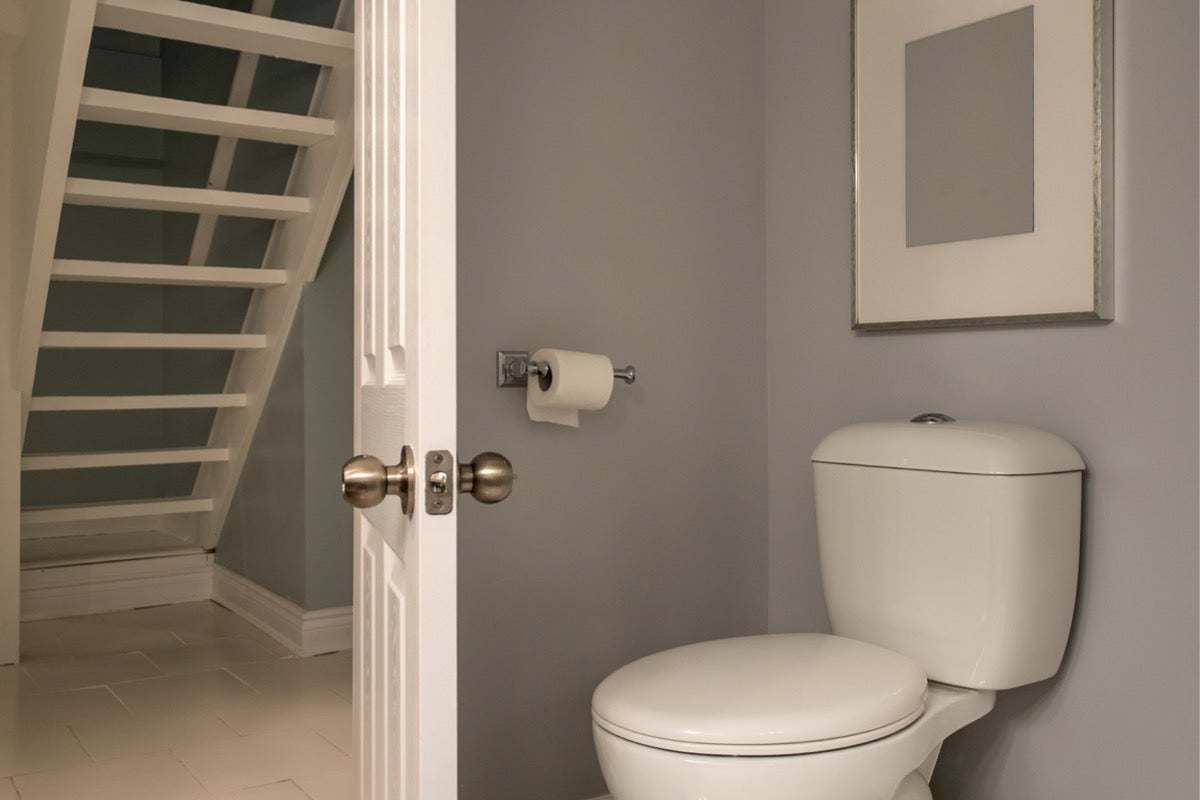
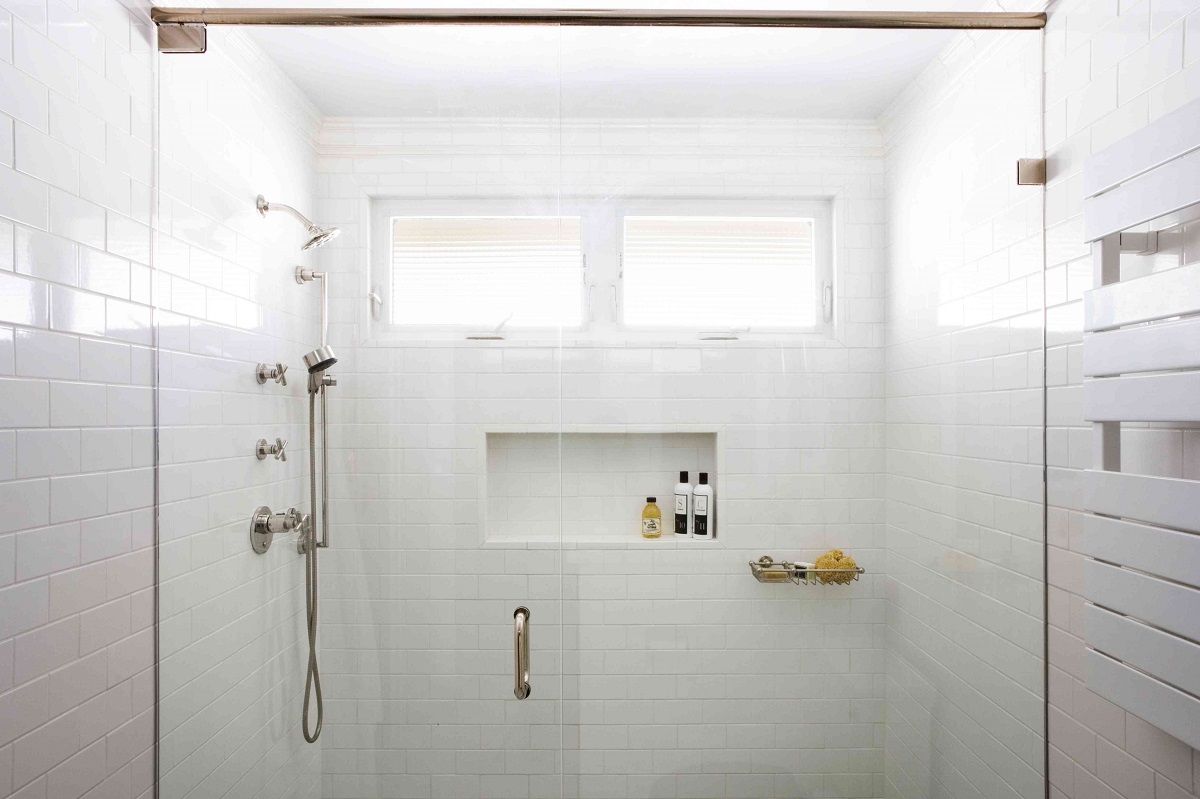
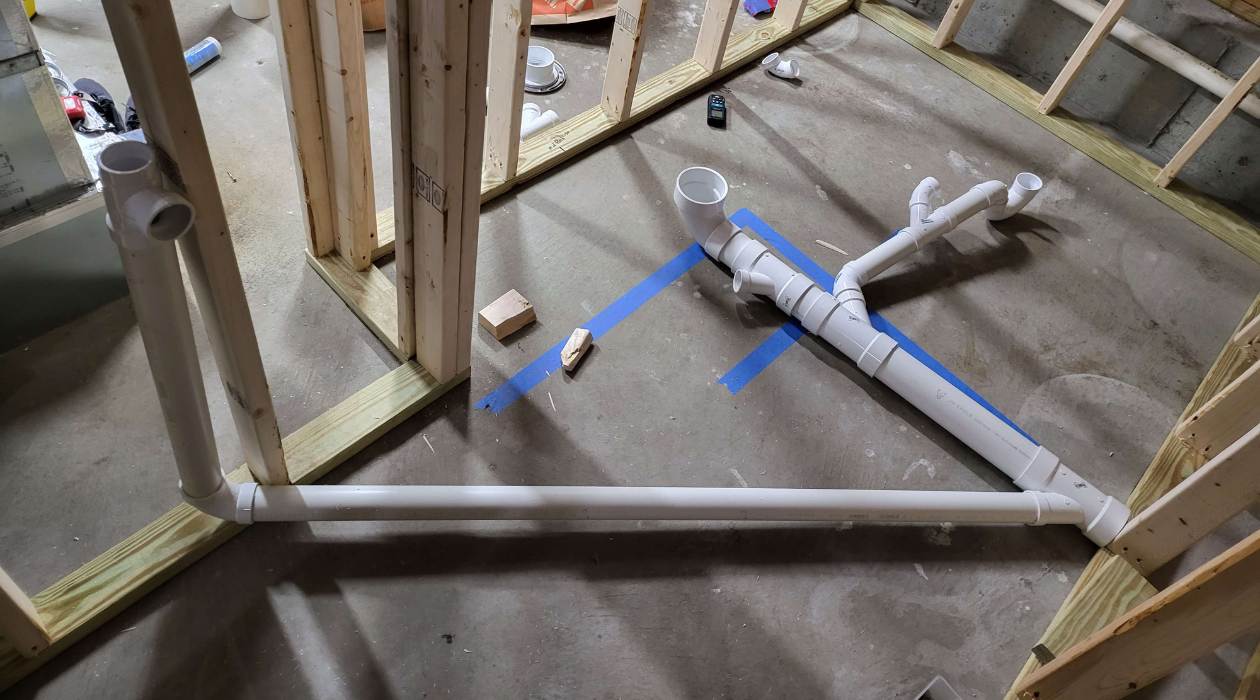
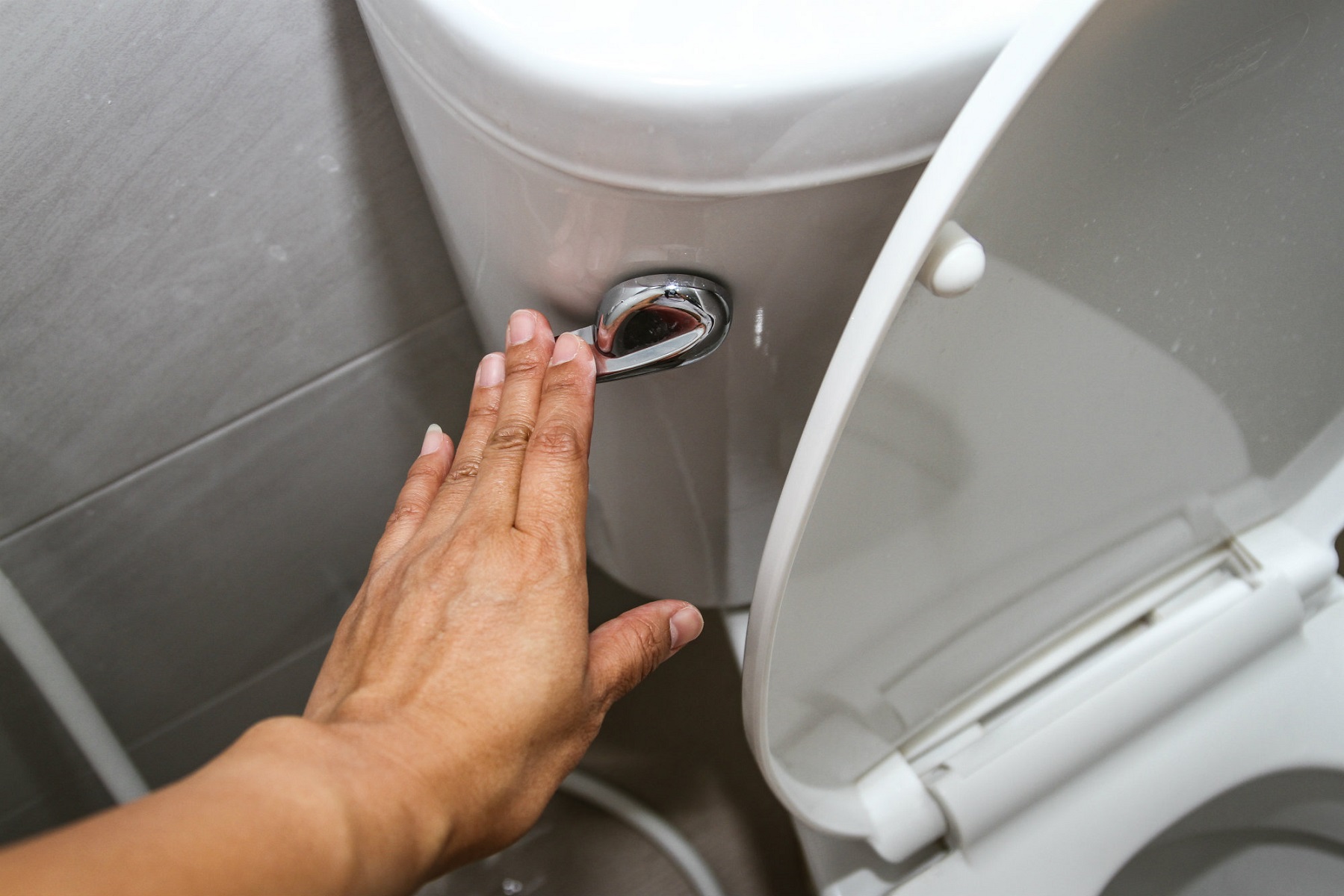
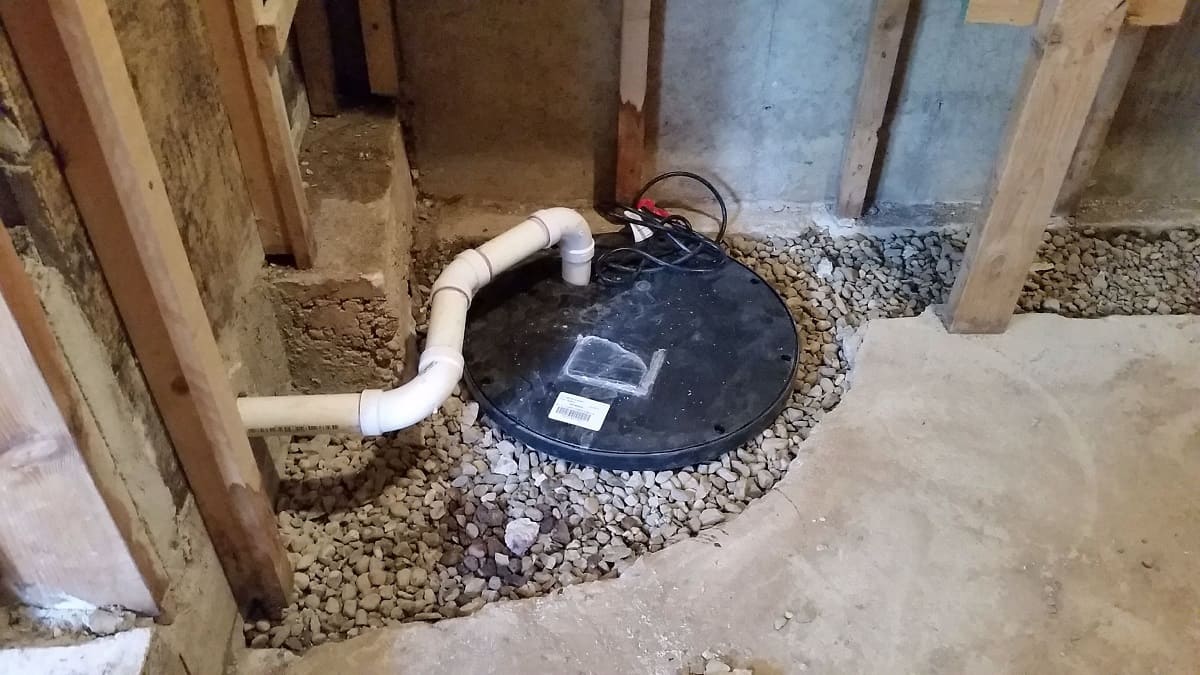
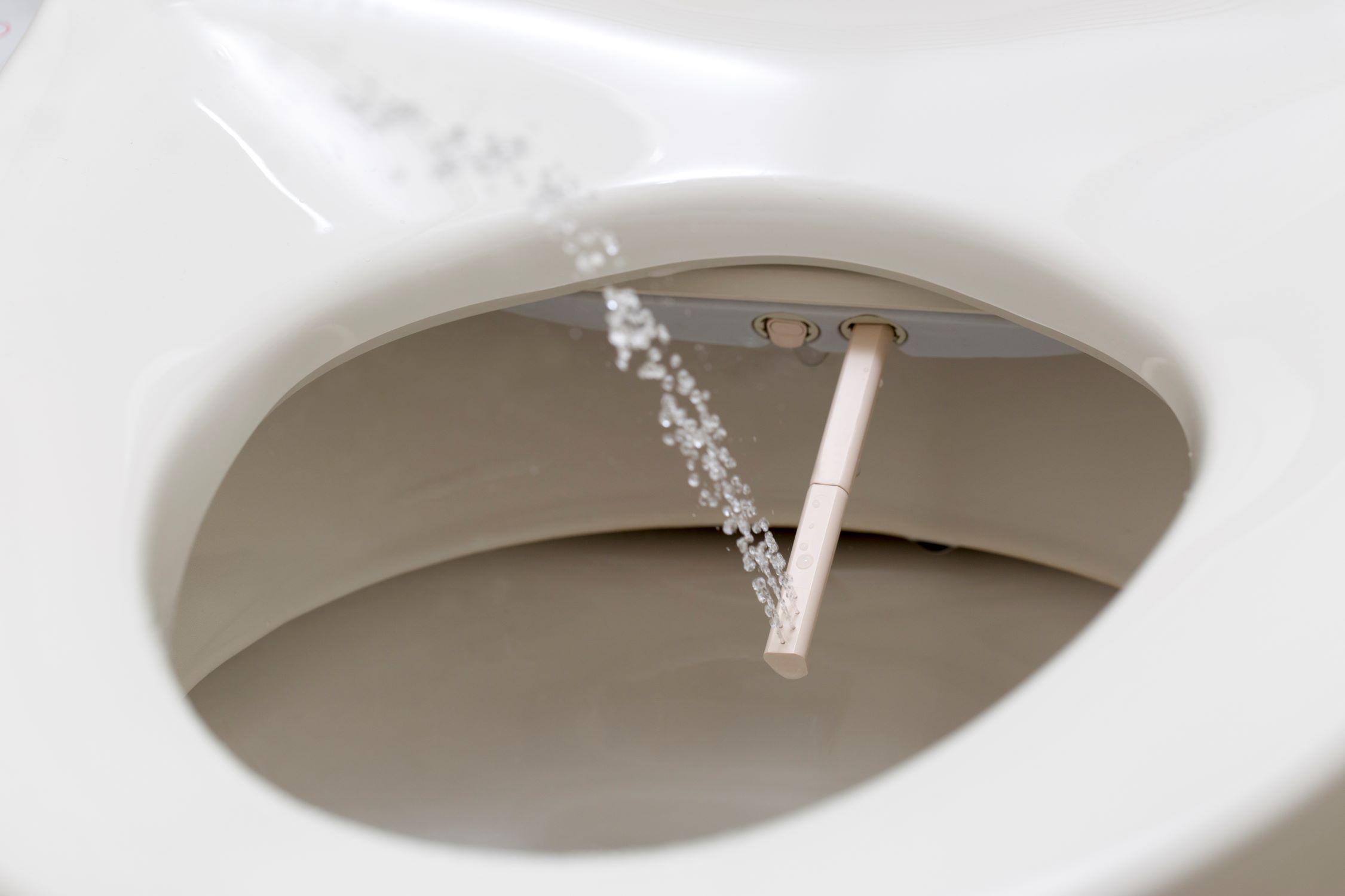
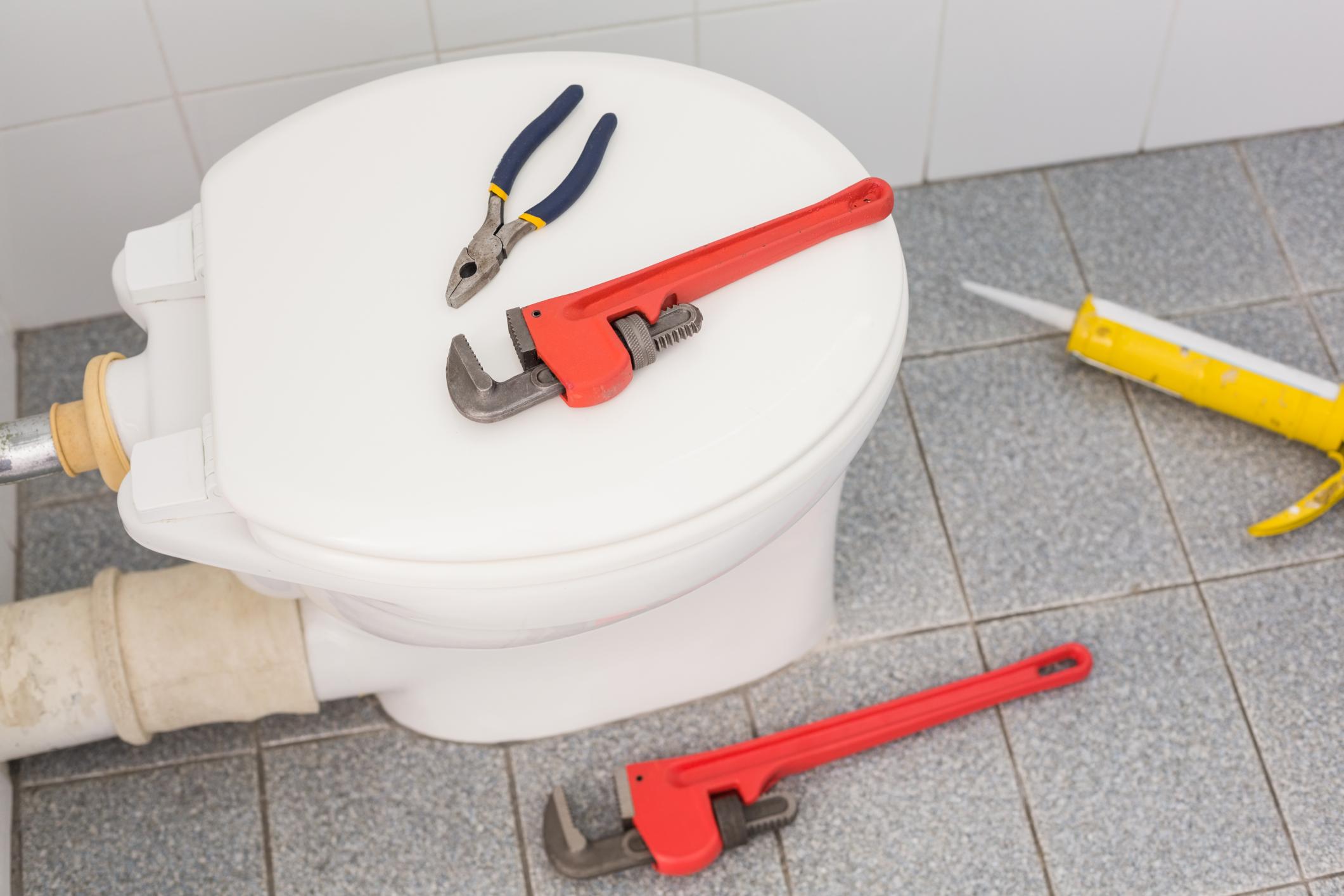
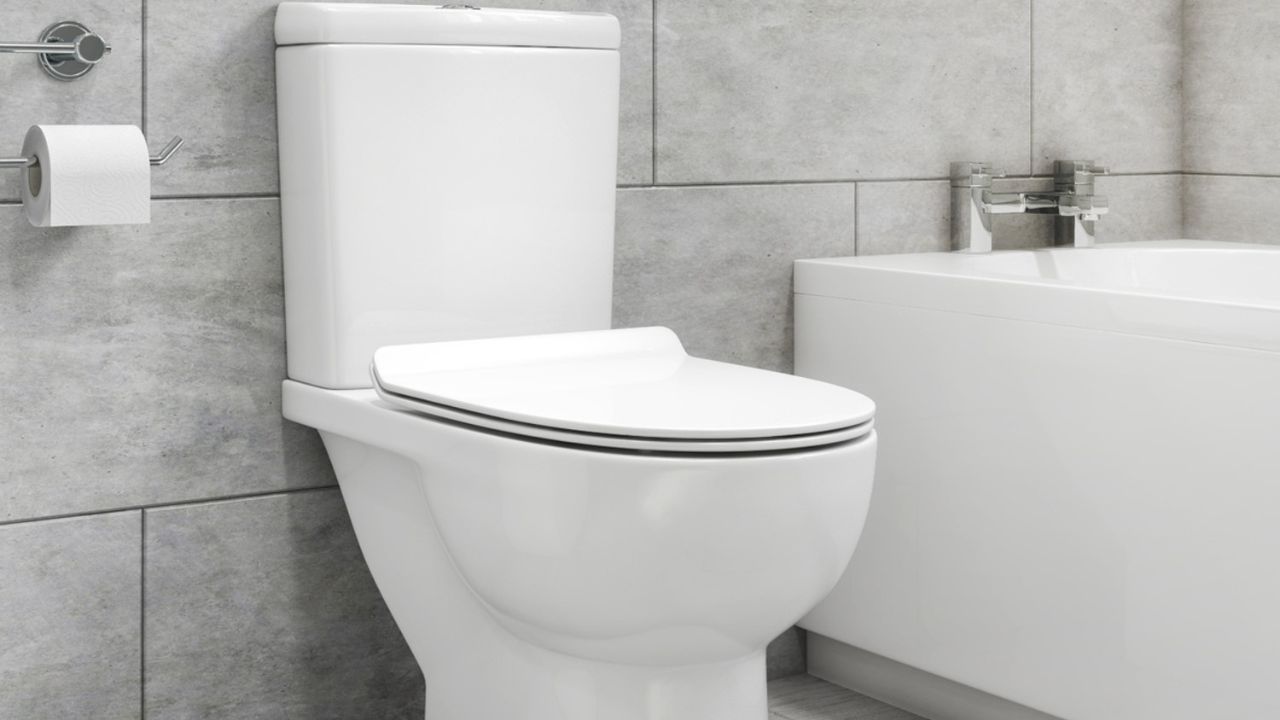

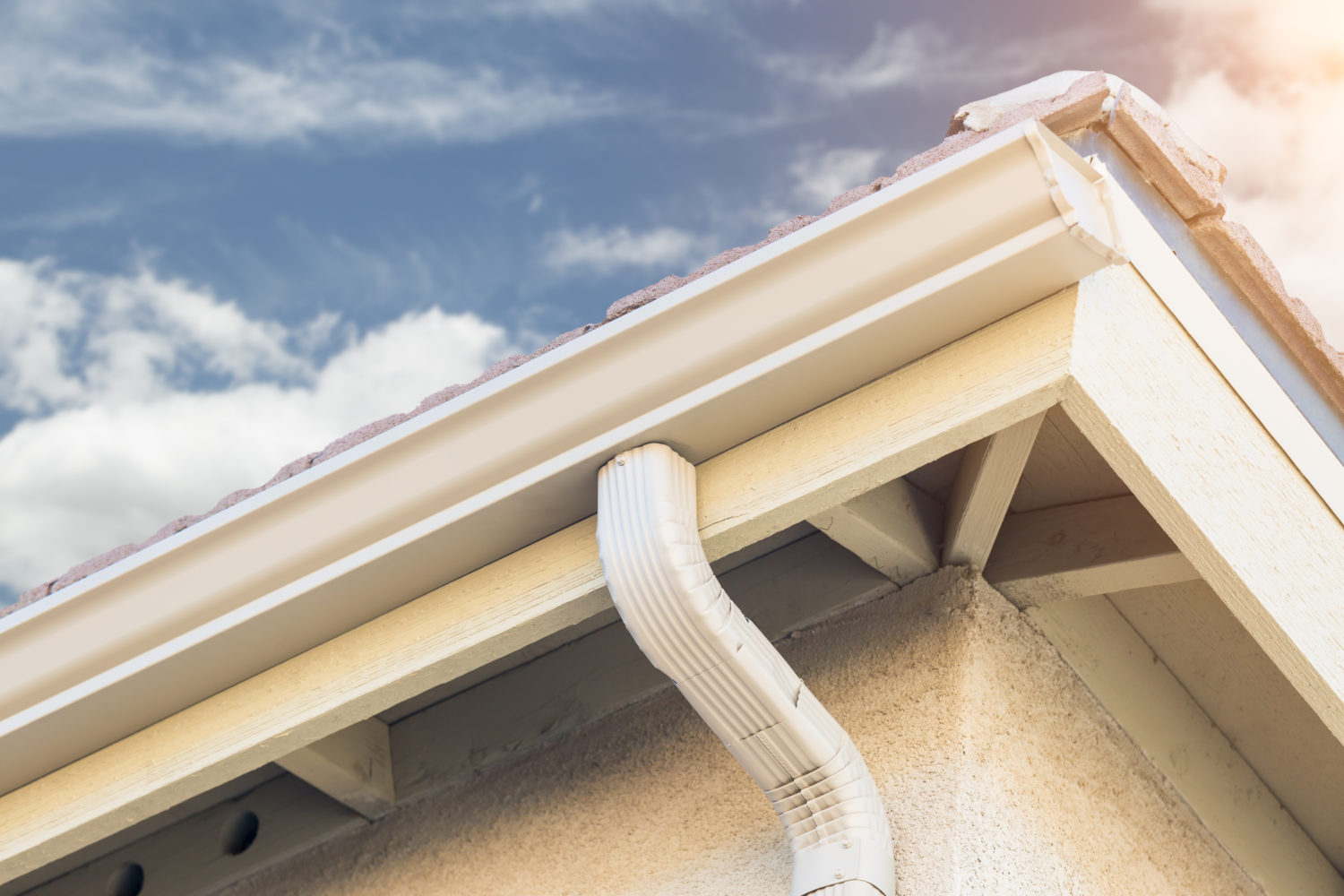

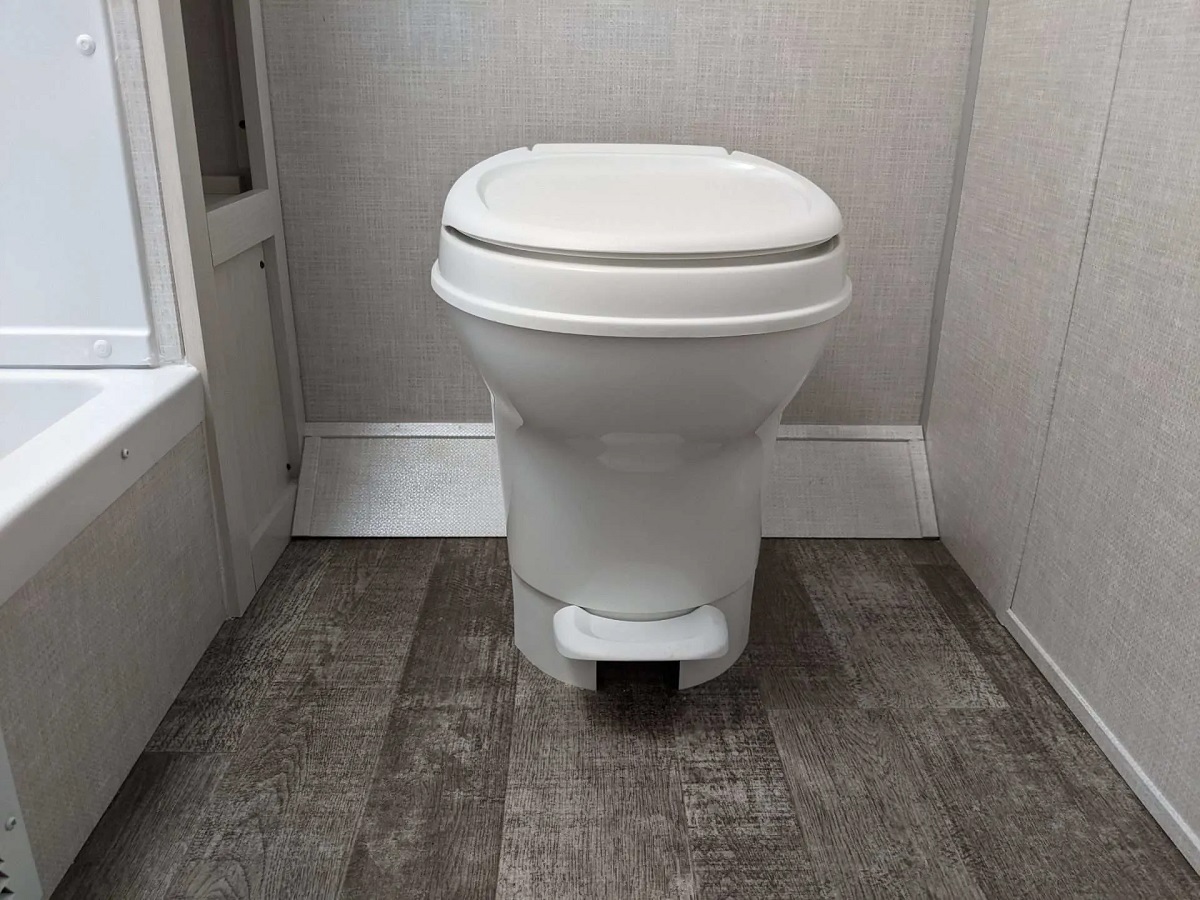
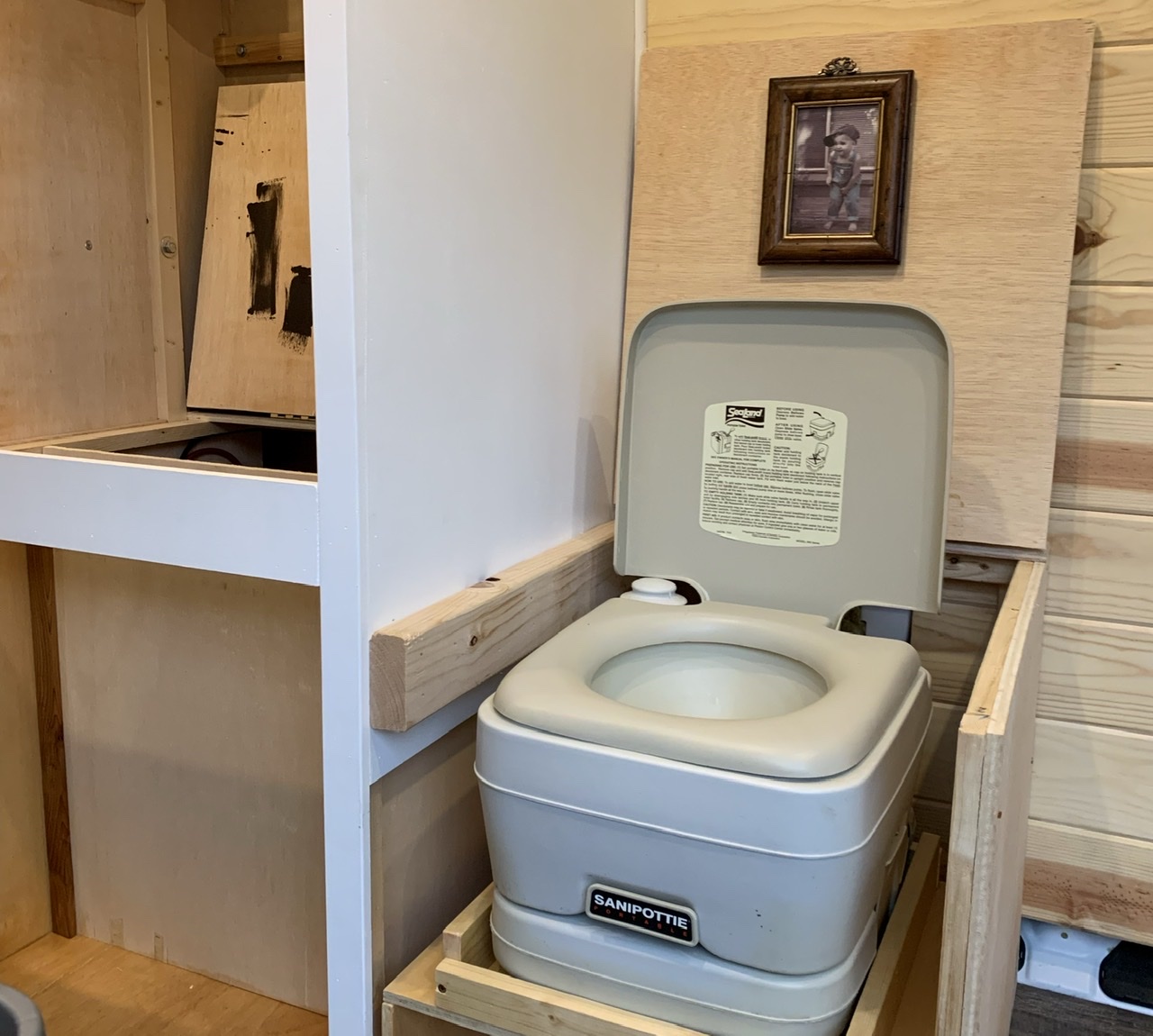
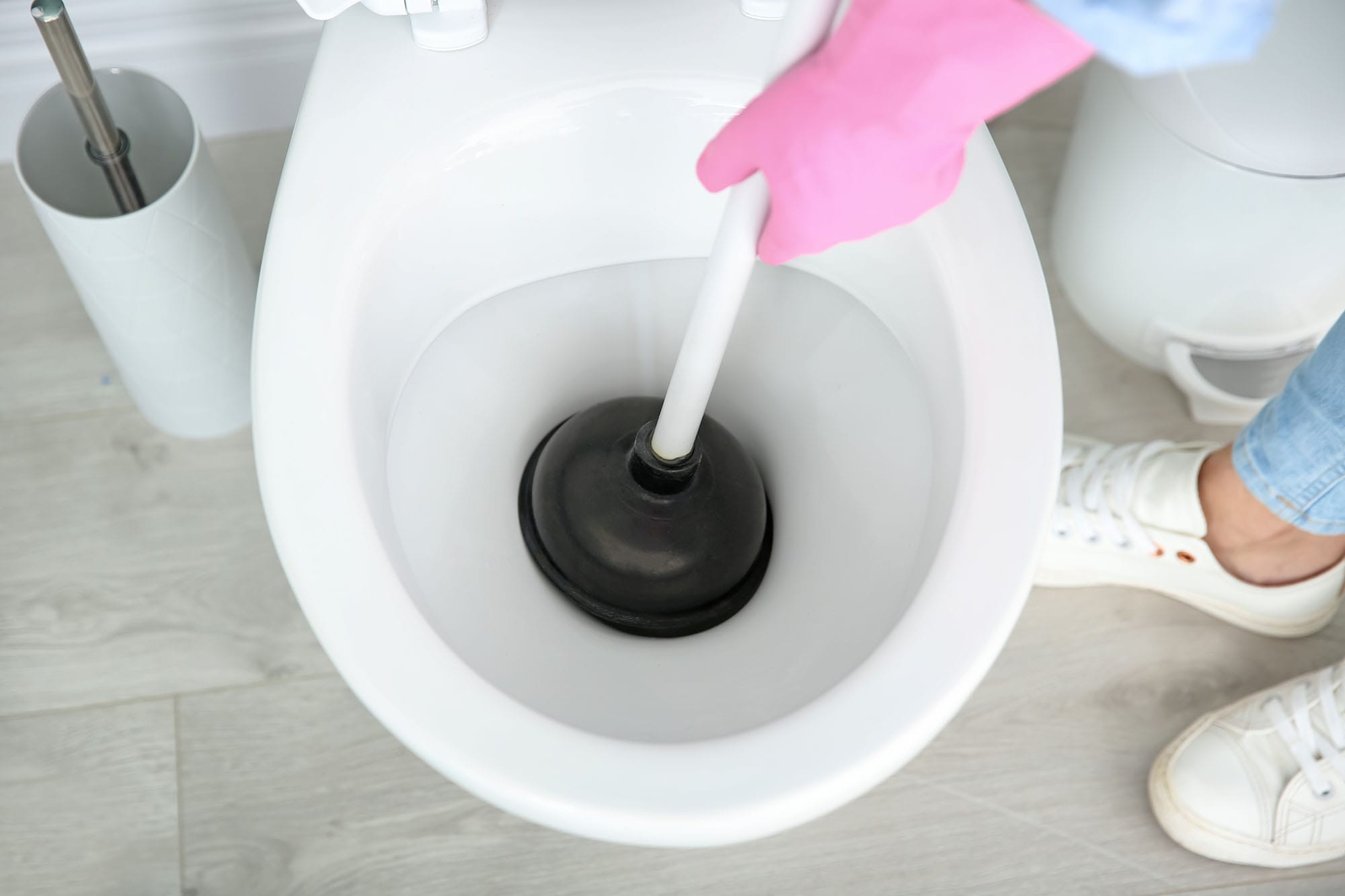

0 thoughts on “How Do Basement Toilets Work”